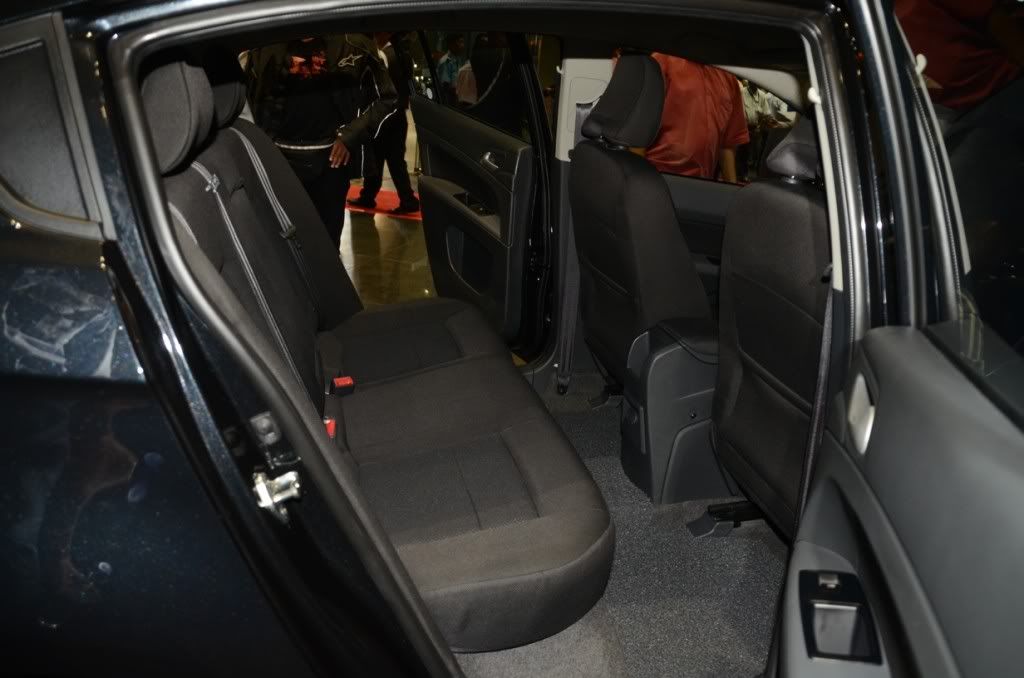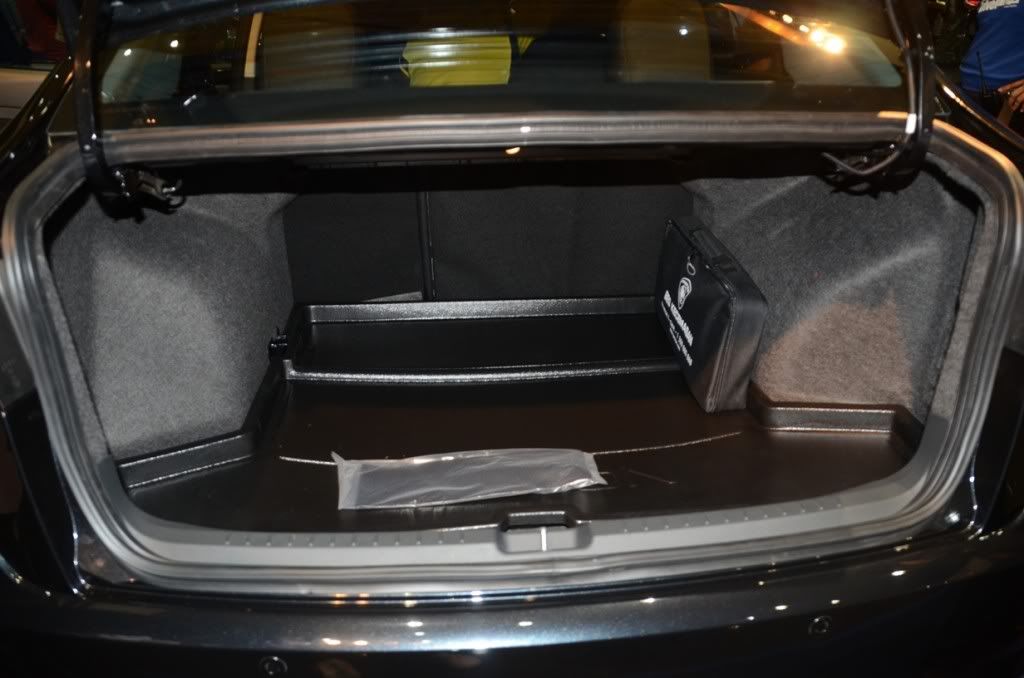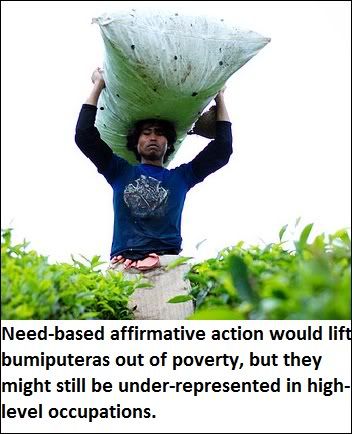Every Malaysian should know that Australia has a land mass 58 times bigger than peninsular Malaysia. But the Australian government and people have not permitted rare earth processing to take place on Australian soil.
With a population that is vigilant and a government that answers to the people, Australia dares not permit a rare earth plant because the health and environmental risks are too high. Why does Malaysia – a country with less scientific and engineering expertise – think it is all right to go ahead with the plant?
The USA has closed most of its mines, and so has China. In inner Mongolia, vast tracts of lands and thousands of square kilometres have been rendered hazardous, with toxic runoffs destroying everything in their path, and with high radioactivity, tainting and polluting precious water supplies.
This chain reaction will continue for thousands of years.
It is a scene that Chinese officials do not want the world to see. Several villages close to rare earth plants have already been relocated because of pollution.
Malaysia is now planning to build the world’s largest rare earth plant. This is truly madness of the highest order. We must remember the Chernobyl meltdown which was not supposed to have happened and similarly too the Fukushima nuclear plant meltdown in Japan.
Peninsular Malaysia would be dead meat if any unexpected catastrophe happens.
Bukit Merah
The history of the rare earth industry in Malaysia is little known to most Malaysians. Most Malaysians in fact think that the Lynas project in Pahang is the first time Malaysia has been associated with this industry.
Few Malaysians actually know that there was a rare earth plant in Bukit Merah, Perak, which has been closed some 10 or more years ago, following a ruling by the High Court of Malaysia that the company involved was in negligence, and that the radioactive waste generated by the plant was dangerous and had to be removed and secured in a safe place away from people for hundreds of years.
The evidence of the hazardous legacy of this rare earth plant is still present in our midst as a reminder to every one of the risks involved. All you need is to take a trip to Bukit Merah and you will see the existence of a restricted site where the toxic radioactive waste has been stored in specially engineered concrete cells, and entombed deeply in a repository, to prevent any leakage of radiation from the radioactive waste for the next few hundred years.
The company that was involved in the rare earth plant was called Asian Rare Earth Sdn Bhd (ARE). This was a joint venture established between Mitsubishi Chemical Corp (MCC) of Japan, Beh Minerals Sdn Bhd, the local partner and the government, through Tabung Haji in the early nineties.
ARE was based in Menglembu, Ipoh and the joint venture was founded on the basis that the local partner would supply the raw materials (tailings from the many tin mines in Perak) and MCC would provide the technology and expertise to extract the rare earth minerals, by a cracking process.
In this cracking process, along with the extraction of rare earth minerals such as Monazite, Xenotime, Zircon, Yttrium etc, a waste product called thorium hydroxide is produced and this substance is radioactive.
Experts brought in to present evidence in support of the court hearing against ARE testified that prolonged exposure to radiation leaked from the radioactive waste materials from ARE’s rare earth plant would be harmful to the health of the residents living in the Menglembu area, where the plant was located.
ARE was subsequently closed and wound up.
The shareholders of the company had to engage a highly specialised radioactive waste management consultancy firm from the US, called Dames and Moore, to relocate, treat and dispose of the radioactive waste from the dump site in Menglembu to a safe repository. The cost of the whole exercise ran into hundreds of millions of US dollars to contain radiation leak from the radioactive waste.
Meanwhile local residents have blamed the ARE refinery for the high numbers of birth defects and leukaemia cases within the last five years in a community of 11,000 — after many years of local history with no leukaemia cases. Seven of the leukemia victims have died.
Some of the surviving residents of Bukit Merah are still plagued with severe health problems. Until this very day, the Malaysian authorities refuse to acknowledge that the radioactive waste was responsible for the sudden escalation of health problems among the residents
Today, the government is the official custodian of this repository in Bukit Merah. This site in Bukit Merah is declared as a restricted and dangerous dump site for radioactive materials but a curtain of official silence has descended on it.
Learning from Bukit Merah
Has the government not learnt from Bukit Merah or will corporate profits, lack of transparency and accountability, and cronyism trump responsible and ethical governance?
The Lynas project is likely to be a replay of the ARE fiasco but on a much larger scale. The Lynas project involves the shipment of rare earth raw materials from Australia to Malaysia, and the extraction of the rare earth minerals in the rare earth plant in Gebeng. The cracking process to extract the rare earth minerals will similarly produce thorium dioxide.
Little attention has been paid to the containment process of this hazardous radioactive waste which will be generated once the Rare Earth Plant comes into production. Notwithstanding the high risks nature of the Lynas project, there are few benefits that Malaysia could gain by having such a hazardous project on our shores.
Lynas and its crony local contractors and shareholders will be the major beneficiary from such a project. They will be able to export the rare earth minerals at a huge profit and enjoy a 20-year tax holiday since the project is approved and supported by the Malaysian government.
At the same time they will leave behind a whole lot of radioactive waste on Malaysian soil, free from the stringent environmental scrutiny and monitoring found in developed countries.
Apart from creating a handful of jobs in the Gebeng area, the only people who stand to benefit from this project other than Lynas owners and shareholders, are the people who build the cracking plant in Gebeng and those who supply chemicals to the plant for the cracking process.
Who are these stakeholders and why have they continued to remain in the dark and unaccountable?
Malaysian must ask the question: “Why did the Government approve the Lynas project?” It does not seem to make any sense when:
The Malaysian court under the same government has ruled that the rare earth plant, in the case of ARE, is regarded as hazardous. The evidence is there to be seen by everyone in Bukit Merah where the repository is located. “
The benefits gained by Malaysia from the Lynas investment are very little relative to the risks involved. Whilst the profits of the project go to Lynas (untaxed) and the few Malaysian companies that are involved in the construction of and the provision of supplies to the Gebeng rare earth plant, the radioactive waste will remain in Malaysian soil for hundreds of years.
The argument that with proper containment, the risks will be rendered harmless, does not hold. Containment, as we know and have seen, is only as good as when there is no accident. Look at Chernobyl and Fukushima. These nuclear reactors are all supposed to have adequate and radiation leak-proof containment features approved by so called international experts.
All Malaysians must ask the government why the Lynas project was approved in spite of the history of ARE and the lack of economic justification of how this project could benefit Malaysians relative to its high and unacceptable risks.
All Malaysians must stand together and demand the closure of the Lynas Advanced Materials Plant (LAMP).












 Posted in: Malaysia
Posted in: Malaysia Posted in: Malaysia
Posted in: Malaysia
 Posted in: Aqidah
Posted in: Aqidah Posted in: Malaysia
Posted in: Malaysia
 Posted in: Malaysia
Posted in: Malaysia Posted in: Malaysia
Posted in: Malaysia